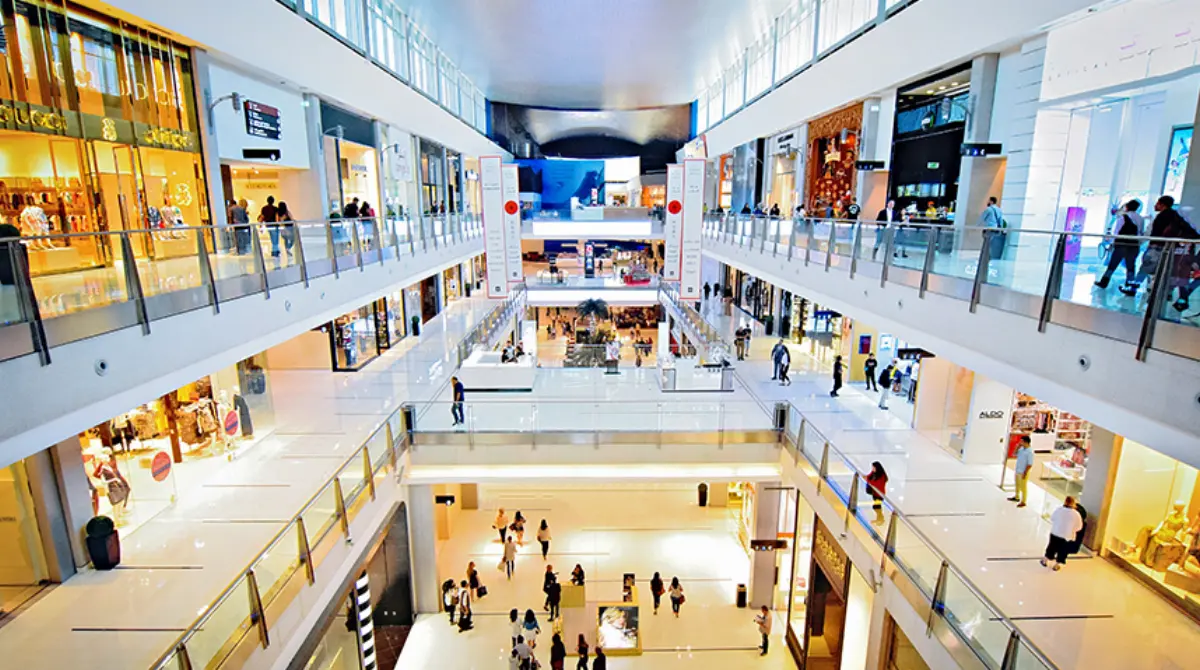
Do you want to access to this and other private contents?
Log in if you are a subscriber or click here to request service
Retail, mergers and acquisitions will grow
According to Bain & Co. classic sales models are set to be overtaken

As a result of the Covid-19 pandemic, major retail players are expected to draw on the high levels of accumulated cash to close new Merger&Acquisition deals in 2023, taking advantage of industry multiples at their lowest in the past decade. As traditional business slows down, retailers will need to push beyond classic sales models, moving to "beyond-trading" solutions. This is believed to become the...
fc - 29634
EFA News - European Food Agency
◄ Previous page
EFA News - European Food Agency